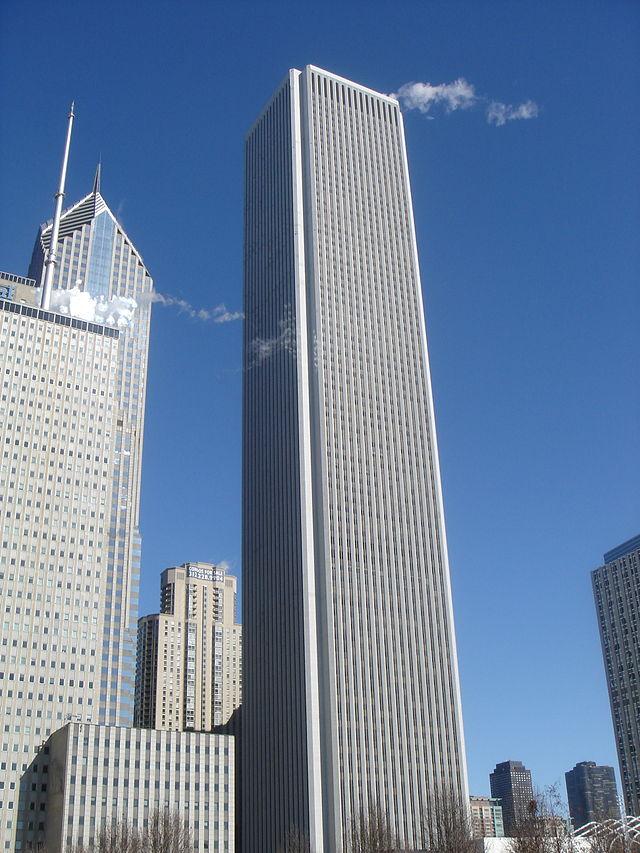
True, top 10 lists are often subjective, and data can be massaged to get the list we want. But they are still a way to see how our companies or geographic regions are performing compared to others — from solar, to corporate sustainability, to overall market trends and -- why not -- even sustainable breweries.
Now, the U.S. Green Building Council (USGBC) is getting into the act, giving us a list of the top 10 LEED states in green building performance.
USGBC crunched the data by tallying up the total square footage of commercial and residential spaces that were LEED-certified during 2014. That total was then divided by each state’s population based on 2010 U.S. census data. The results offer rankings based on per-capita LEED space per resident, the metric USGBC has used for the fifth year in a row.
If it were a state, the District of Columbia would blow all 50 states out of the water, with more than 100 certified LEED projects. Washington, D.C. has bragging rights with a whopping 29.44 square feet of certified green building space per resident — almost nine times the amount of the leading state.
And that state would be Illinois, which tops the list for the second year in a row. It logged 174 projects, one of which is the renovated silver-certified Aon Center (originally the Standard Oil Building), at one time the world’s tallest marble-clad building and the third tallest building in Chicago. Illinois is the only state to make the annual top 10 list every year, along with Colorado, since USGBC first launched these rankings in 2010.
Colorado hardly had a shabby year in the LEED world, only narrowly edged out by Illinois, by 3.31 to 3.15 square feet of LEED-certified space per resident. One of the more stunning projects that achieved LEED Platinum Certification in the Centennial State is the Morgridge Family Exploration Center at the Denver Museum of Nature and Science. The 126,000-square-foot space, which hosts children’s science exhibits along with special exhibition space, uses 50 percent less energy than conventional buildings of the same space and incorporates a bevy of solar technologies.
Maryland and Virginia are ranked next, buttressing the mid-Atlantic region as the stronghold of green building within the U.S. Massachusetts rounds out the top five. Not surprisingly considering their ongoing investment in solar power, Hawaii and California are ranked next on the list.
Newcomers to USGBC’s list are two states with their share of water challenges, Georgia at No. 8, and Arizona, which ties with New York at No. 10. Minnesota, which made news last year for becoming the first state to set a “value of solar” tariff, comes wedged between at No. 9.
Overall, it was a successful year for USGBC and LEED, which saw the highest average of LEED certified space per resident since 2010. More than 1,600 projects, representing 251.7 million square feet of space, scored LEED certification in 2014. Over 4,500 properties worldwide earned a level of certification last year as well.
While LEED has attracted its share of critics, overall it is a step forward for sustainable construction and design, and it allows property managers and tenants to seamlessly compare energy and water efficiency between LEED-certified and conventional buildings.
Image credits: Ryan Dickey; Orcutt | Winslow
Based in California, Leon Kaye has also been featured in The Guardian, Clean Technica, Sustainable Brands, Earth911, Inhabitat, Architect Magazine and Wired.com. He shares his thoughts on his own site, GreenGoPost.com. Follow him on Twitter and Instagram.

Leon Kaye has written for 3p since 2010 and become executive editor in 2018. His previous work includes writing for the Guardian as well as other online and print publications. In addition, he's worked in sales executive roles within technology and financial research companies, as well as for a public relations firm, for which he consulted with one of the globe’s leading sustainability initiatives. Currently living in Central California, he’s traveled to 70-plus countries and has lived and worked in South Korea, the United Arab Emirates and Uruguay.
Leon’s an alum of Fresno State, the University of Maryland, Baltimore County and the University of Southern California's Marshall Business School. He enjoys traveling abroad as well as exploring California’s Central Coast and the Sierra Nevadas.














